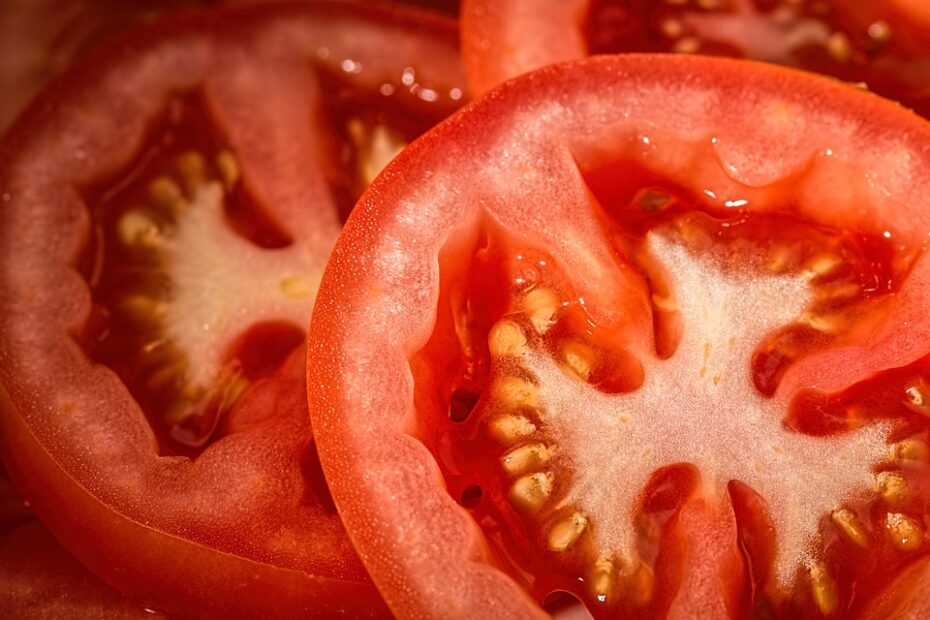the Capacity of a gastric sleeve
When considering weight loss surgery, one common question that arises is how much food can a gastric sleeve hold? The answer to this question can vary depending on the individual and their unique circumstances. In this article, we will explore the factors that can affect the capacity of a gastric sleeve, as well as provide some general guidelines for understanding how many ounces a gastric sleeve can hold.
Understanding Gastric Sleeve Surgery
Gastric sleeve surgery, also known as sleeve gastrectomy, is a type of weight loss surgery that involves removing a large portion of the stomach to create a smaller, sleeve-shaped stomach. This smaller stomach can hold less food, which can help individuals feel full more quickly and consume fewer calories. After surgery, patients must follow a strict diet and lifestyle changes to achieve and maintain weight loss.
Factors That Affect Gastric Sleeve Capacity
There are several factors that can affect how many ounces a gastric sleeve can hold. One of the Most significant factors is the size of the sleeve created during surgery. The size of the sleeve can vary depending on the surgeon’s technique and the individual patient’s anatomy. In general, a typical gastric sleeve can hold between 3-5 ounces of food at a time.
Other factors that can affect gastric sleeve capacity include the individual’s eating habits, the types of foods consumed, and the rate at which they eat. Some patients may find that they can only eat small amounts of food at a time, while others may be able to eat larger portions. It is essential for patients to work closely with their healthcare team to determine the right portion sizes for their individual needs.
Importance of Portion Control
Portion control is crucial for individuals who have undergone gastric sleeve surgery. Eating too much food at one time can stretch the stomach pouch and diminish the effectiveness of the surgery. It is essential for patients to follow the recommended guidelines for portion sizes and eat slowly to allow their bodies to feel full. By practicing portion control, patients can maximize the benefits of their surgery and achieve long-term weight loss success.
Tips for Managing Gastric Sleeve Capacity
There are several strategies that individuals can use to help manage their gastric sleeve capacity effectively. One helpful tip is to focus on eating protein-rich foods, as these can help promote feelings of fullness and satiety. It is also essential to eat small, frequent meals throughout the day to prevent overeating and promote weight loss.
Another helpful tip is to chew food thoroughly and eat slowly to allow the stomach time to signal to the brain that it is full. By taking small bites and savoring each bite, patients can prevent overeating and reduce the risk of complications. It is also essential to avoid drinking fluids with meals, as this can cause the stomach pouch to fill up quickly and prevent patients from consuming an adequate amount of food.
conclusion
In conclusion, the capacity of a gastric sleeve can vary depending on a variety of factors, including the size of the sleeve, the individual’s eating habits, and the types of foods consumed. By practicing portion control, eating protein-rich foods, and following the recommended guidelines for post-operative care, patients can maximize the benefits of their surgery and achieve long-term weight loss success. Working closely with a healthcare team and following their advice can help individuals navigate the challenges of managing gastric sleeve capacity and lead to improved health and well-being.
Commonly asked Questions Concerning How Many Ounces Can A Gastric Sleeve Hold
What is a gastric sleeve?
A gastric sleeve, also known as sleeve gastrectomy, is a surgical procedure where a portion of the stomach is removed to create a smaller, sleeve-shaped stomach pouch. This limits the amount of food that can be consumed, leading to weight loss.
– Gastric sleeve is a surgical weight loss procedure.
– It involves removing a portion of the stomach to create a smaller pouch.
– The procedure helps limit food intake and promotes weight loss.
How many ounces can a gastric sleeve hold?
The size of the stomach pouch created during a gastric sleeve surgery can vary depending on the individual and the surgeon performing the procedure. On average, the stomach pouch can hold approximately 3 to 5 ounces of food at a time.
– The size of the stomach pouch created during gastric sleeve surgery varies.
– On average, the stomach pouch can hold around 3 to 5 ounces of food.
– The capacity of the stomach pouch may differ for each individual.
Can the stomach pouch stretch over time?
While the stomach pouch created during a gastric sleeve surgery is designed to be permanent, it is possible for it to stretch over time if the individual consistently overeats or consumes large portions of food. This can lead to a decrease in the effectiveness of the procedure and potential weight regain.
– The stomach pouch created during gastric sleeve surgery is meant to be permanent.
– Consistent overeating or consuming large portions of food can stretch the stomach pouch.
– Stretching of the stomach pouch can reduce the effectiveness of the surgery and lead to weight regain.
What factors can affect the capacity of a gastric sleeve?
Several factors can influence the capacity of a gastric sleeve, including the initial size of the stomach pouch created during surgery, the individual’s eating habits, and any changes in weight over time. It is important for individuals who have undergone gastric sleeve surgery to follow a healthy diet and lifestyle to maintain the effectiveness of the procedure.
– Factors affecting the capacity of a gastric sleeve include the initial size of the stomach pouch and eating habits.
– Changes in weight over time can also impact the capacity of the stomach pouch.
– Following a healthy diet and lifestyle is crucial for maintaining the effectiveness of the surgery.
How can I ensure the long-term success of my gastric sleeve surgery?
To ensure the long-term success of gastric sleeve surgery, it is important to follow the dietary and lifestyle guidelines provided by your healthcare team. This includes eating smaller portions, choosing nutrient-dense foods, staying hydrated, and engaging in regular physical activity. Regular follow-up appointments with your healthcare provider can also help monitor your progress and address any issues that may arise.
– Following dietary and lifestyle guidelines is essential for the long-term success of gastric sleeve surgery.
– Eating smaller portions, choosing nutrient-dense foods, staying hydrated, and exercising regularly are key components.
– Regular follow-up appointments with healthcare providers are important for monitoring progress and addressing any issues.
1. Misconception: Gastric sleeve can hold a fixed amount of ounces
One common misconception about gastric sleeve surgery is that it can hold a specific number of ounces.
In reality, the size of the stomach after a gastric sleeve procedure can vary from person to person and can change over time.
The amount of food that can be comfortably consumed post-surgery depends on various factors such as individual anatomy, eating habits, and lifestyle.
2. Misconception: Gastric sleeve can hold unlimited amounts of food
Another misconception is that a gastric sleeve can hold unlimited amounts of food.
While the stomach capacity is reduced after the surgery, it is not possible for the stomach to expand infinitely.
Overeating can still cause discomfort and potential complications even after undergoing a gastric sleeve procedure.
3. Misconception: Gastric sleeve can hold the same amount of food as before surgery
Some people mistakenly believe that they can continue to eat the same amount of food as they did before undergoing a gastric sleeve procedure.
In reality, the surgery reduces the stomach’s capacity, making it physically smaller and limiting the amount of food that can be consumed in one sitting.
Patients are required to make significant changes to their diet and eating habits to achieve successful weight loss and maintain their health.
4. Misconception: Gastric sleeve can stretch over time to accommodate more food
There is a misconception that the stomach can stretch over time after gastric sleeve surgery, allowing patients to consume larger portions of food.
While some stretching may occur, especially if patients do not adhere to dietary guidelines, the stomach’s capacity is significantly reduced and cannot stretch back to its original size.
It is crucial for patients to follow their healthcare provider’s recommendations to ensure long-term success and avoid complications.
5. Misconception: Gastric sleeve can hold more food than other weight loss surgeries
Lastly, there is a misconception that a gastric sleeve can hold more food than other weight loss surgeries such as gastric bypass or gastric banding.
While the stomach size after a gastric sleeve procedure may vary, it is generally smaller than the stomach created in a gastric bypass surgery.
Each type of weight loss surgery has its unique benefits and limitations, and the amount of food that can be consumed varies depending on the individual and their specific surgery.
How Many Ounces Can A Gastric Sleeve Hold
#gastric #sleeve #sleeve #gastrectomy #weight #loss #surgery #procedure #portion #stomach #removed #leaving #sleeveshaped #pouch #pouch #typically #hold #ounces #food #surgery

